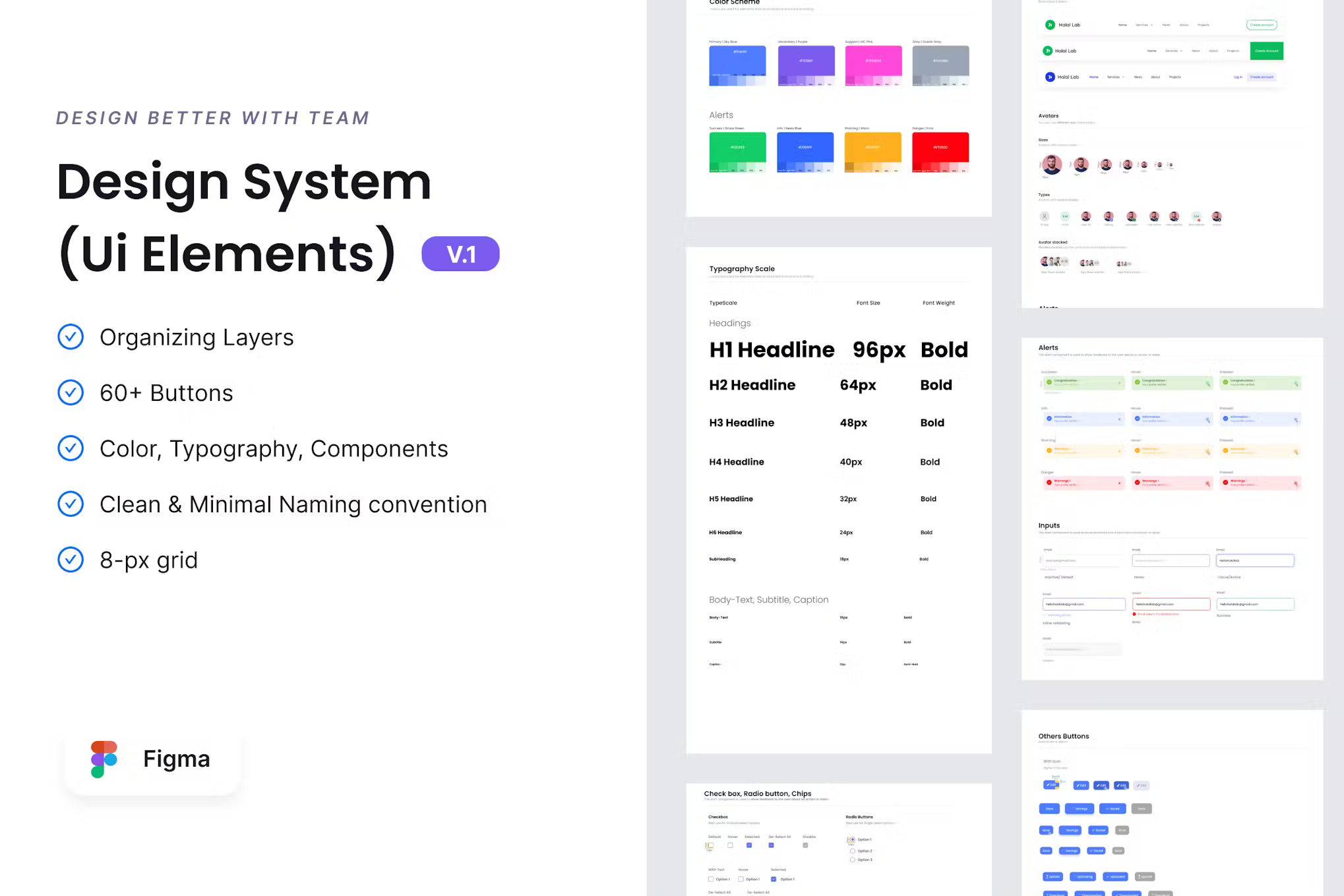In today’s digital world, designing for accessibility is not just a best practice—it’s a necessity. An inclusive product ensures that everyone, regardless of ability, can interact with your platform effectively. Whether it's a website, app, or software, prioritizing accessibility makes your product available to a broader audience while also enhancing usability for all users. But how do you begin making your product more accessible?
In this guide, we’ll explore the key principles of designing for accessibility and how you can integrate them into your product development process.
1. Understanding Accessibility and Its Importance
Accessibility means designing products that are usable by people with a range of disabilities—including visual, auditory, physical, and cognitive impairments. It's more than just complying with legal standards like the Americans with Disabilities Act (ADA) or Web Content Accessibility Guidelines (WCAG); it’s about creating equal experiences for all users.
Key reasons to design for accessibility:
- Inclusivity: Everyone deserves access to digital content.
- Legal compliance: Avoid legal issues by adhering to accessibility standards.
- Broader audience reach: By accommodating diverse needs, you expand your potential user base.
- Improved SEO and user experience: Many accessibility best practices, like alt text for images, also improve search engine optimization (SEO) and usability for all users.
2. Key Accessibility Principles
There are four fundamental principles of accessibility, known as POUR:
- Perceivable: Users must be able to perceive the information being presented. For example, providing alt text for images or offering captions for video content ensures that users with visual or auditory impairments can understand your content.
- Operable: All users should be able to interact with your product, regardless of their physical abilities. Ensure all interactive elements, like buttons or forms, can be navigated via keyboard, not just a mouse.
- Understandable: Content and interfaces should be clear and simple to navigate. This includes consistent layouts, intuitive navigation, and readable text.
- Robust: Your product should work across various devices and assistive technologies. It should adapt as technology evolves, ensuring long-term accessibility.
3. Designing Accessible User Interfaces (UI)
An accessible UI is central to inclusive design. Here’s how you can improve accessibility in your product’s UI:
- Color contrast: Ensure enough contrast between text and background for readability. Tools like Contrast Checker can help you meet WCAG standards.
- Readable fonts: Use legible font sizes (at least 16px) and styles that are easy to read. Avoid overly decorative fonts that can be difficult to understand.
- Alternative text (Alt text): Provide descriptive alt text for images so that screen readers can convey the image content to visually impaired users.
- Scalable text: Allow users to increase text size without breaking the design. Ensure that your layout can adapt to larger font sizes while remaining functional.
- Keyboard navigation: Make sure users can navigate through your product using a keyboard alone. This is especially important for individuals who cannot use a mouse.
4. Enhancing Accessibility with Media and Interaction
For users with visual, auditory, or cognitive impairments, interaction with media (images, videos, animations) needs extra care:
- Captioning and transcripts: Always provide captions for video content and transcripts for audio content to accommodate users with hearing impairments.
- Descriptive links: Avoid vague phrases like “click here” for hyperlinks. Instead, use descriptive links that provide context about the destination.
- Avoid auto-play: Auto-playing media can be disruptive for users with cognitive disabilities. Provide controls to pause or mute audio and video content.
- Forms and labels: Use clear, concise labels for form fields. Ensure that screen readers can properly navigate through the form by adding proper tags (e.g.,
<label>for inputs).
5. Testing for Accessibility
Testing is crucial to ensuring your product meets accessibility standards. Here’s how to go about it:
- Automated tools: Tools like Lighthouse, axe, or WAVE can help identify basic accessibility issues. However, these tools don’t catch everything.
- Manual testing: Conduct manual tests by navigating your product using only a keyboard or by simulating different disabilities with tools like a screen reader.
- Involve users: If possible, involve users with disabilities in your testing process. Their feedback will be invaluable in identifying accessibility barriers you may not have noticed.
6. Continuous Improvement
Accessibility isn’t a one-time task. It requires ongoing attention as your product evolves. Regularly review your design and development processes to ensure new features or updates maintain accessibility. Stay up-to-date with evolving accessibility standards and continue to educate your team on inclusive practices.
Conclusion
Designing for accessibility is about more than following rules; it’s about creating products that everyone can enjoy. By implementing accessibility best practices, you’re not just ensuring compliance, but you're also enhancing user experience for all. Remember, an inclusive product is a better product—for everyone.
Ready to make your product more accessible? Start by reviewing your design through the lens of accessibility, and you’ll be well on your way to building a truly inclusive user experience.




